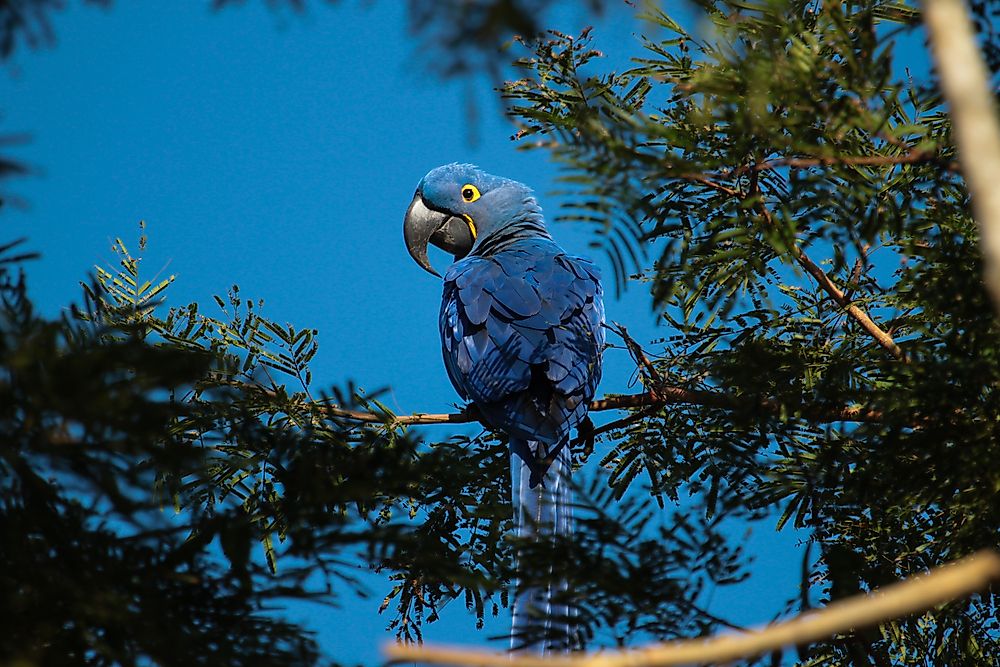What Is The Difference Between A Monotypic And A Polytypic Species?

In scientific terms, a species is a group of living organisms that belong to the lowest taxonomic level of the biological classification hierarchy. It sits below the genus classification, according to this system. The members of a particular species are generally able to reproduce young, which also go on to reproduce more offspring. This characterization, however, is not always true. Organisms within a specific species are often further divided into subspecies. Generally, the members of each subspecies experience geographic isolation from one another and therefore, do not practice interbreeding. A species may be considered either monotypic or polytypic.
What Is A Monotypic Species?
When a species is designated as monotypic, it means that none of the organisms within the classification are divided into subspecies. Typically, members of a monotypic species classification live within close proximity to one another and share high degrees of biological similarity. Because no real distinction can be made among the population members, it is considered monotypic. Any difference among monotypic species is largely considered irrelevant and believed to occur at random, rather than as the result of genetic factors.
One example of a monotypic species is the Hyacinth macaw which inhabits some areas of South America. This bird is distributed in 3 primary habitats: the Amazon Basin of Brazil, the Pantanal region between Brazil and Bolivia, and the Cerrado region of Brazil. The Hyacinth macaw belongs to the Anodorhynchus genus and hyacinthinus species. As a monotypic species, the Hyacinth Macaw is the only organism within the species classification. It is a large blue bird with yellow skin around its lower beak and eyes.
What Is A Polytypic Species?
When a species is designated as polytypic, it means that all the members of the classification can be further divided into a minimum of two subspecies. Each subspecies designation typically refers to a very specific population of organisms that can only be found in one particular habitat. That habitat is not shared with other subspecies of the same species classification. Because these distinct populations are located at a significant distance from each other, often isolated by large bodies of water or mountains, the subspecies of a polytypic species tend not to reproduce together. Biologists are clear to point out, however, that subspecies are biologically capable of producing fertile offspring. In fact, many subspecies have been known to procreate when in close proximity to each other.
One example of a polytypic species is the African elephant. This elephant species belongs to the larger genus known as Loxodonta, under the Elephantidae family. The African elephant species is divided into two subspecies: the African forest elephant and the African savanna elephant. The difference between these two subspecies is in their size and habitat. As its name suggests, the African forest elephant lives in forest habitats. It is significantly smaller than the African savanna elephant, growing to a maximum of 8.2 feet in height. The African savanna elephant, in contrast, can reach over 13 feet in height, making it the largest terrestrial mammal on earth. The two are believed to have split apart sometime between 2 and 7 million years ago.











